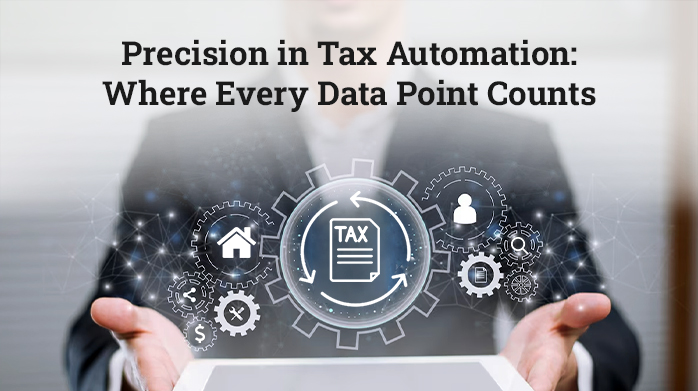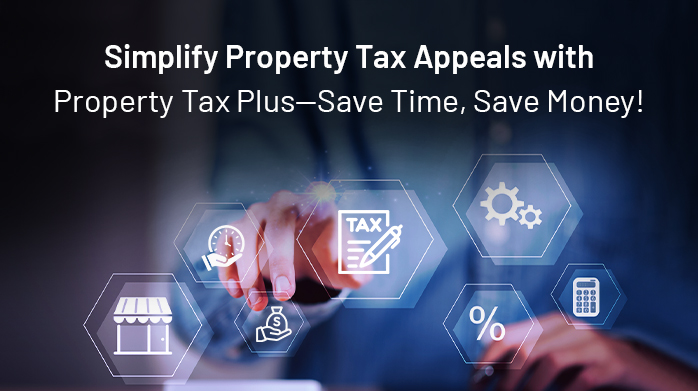In today’s fast-paced digital landscape, tax automation has become a cornerstone for businesses seeking to streamline their financial operations. However, despite the advantages of tax automation solutions, one critical challenge remains: ensuring data accuracy during automated bill processing. Errors in tax data can lead to significant financial losses, incorrect tax filings, and potential penalties. Therefore, it is crucial for organizations to address this challenge head-on to fully harness the benefits of tax automation software.
The Risks of Inaccurate Data in Automated Bill Processing
Automated bill processing has revolutionized the way businesses handle tax-related transactions. However, this technology is not without its challenges. Inaccurate data can stem from various sources, including erroneous data entry, mismatches in data formats, and issues in the extraction process. These inaccuracies can result in serious repercussions, such as overpayments, missed deadlines, and compliance failures. In a world where regulatory requirements are becoming increasingly stringent, the margin for error is minimal.
The complexity of tax data, especially in property tax management, further exacerbates this challenge. Property taxes involve numerous variables, including varying rates, exemptions, and classifications that can differ across jurisdictions. An error in one of these variables can cascade into larger issues, affecting an organization’s financial health and compliance standing.
Leveraging AI-Driven Solutions to Ensure Data Accuracy
To overcome these challenges, businesses are turning to AI-driven tax automation solutions designed to enhance data accuracy and reliability. One of the most effective tools in this arsenal is Optical Character Recognition (OCR) technology. OCR enables the automated extraction of text from scanned documents, significantly reducing the manual effort required for data entry. When combined with machine learning algorithms, OCR can be trained to recognize and correct common errors, ensuring that the extracted data is both accurate and consistent.
AI-powered tax automation software goes a step further by incorporating advanced validation mechanisms. These systems can cross-reference extracted data with existing databases to identify discrepancies, flagging potential errors before they become costly mistakes. For example, if a property tax bill’s assessed value does not match the expected range based on historical data, the system can automatically alert the relevant personnel for review. This proactive approach minimizes the risk of inaccuracies and ensures that the data fed into the tax automation system is trustworthy.
Best Practices for Maintaining Data Integrity
While AI-driven tools provide a robust solution for enhancing data accuracy, businesses must also adopt best practices to maintain data integrity in their tax automation processes. Regular audits of the automated systems are essential to ensure that the technology is functioning correctly and that any errors are promptly addressed. Additionally, businesses should invest in continuous training for staff to understand how to use these tools effectively and to be aware of potential pitfalls.
Another key practice is the integration of data validation steps within the tax automation workflow. By implementing multi-level validation checks, businesses can catch errors at different stages of the process, reducing the likelihood of inaccuracies slipping through. Finally, maintaining clear documentation and version control of all tax-related data ensures that any discrepancies can be traced and corrected with minimal disruption to the overall process.
Property Tax Plus: Revolutionizing Tax Automation
At Property Tax Plus, we understand the importance of accuracy in tax data extraction and processing. Our tax automation software leverages AI and OCR technologies to ensure that your property tax bills are processed with 99% accuracy. By integrating advanced validation checks and providing seamless ERP integration, we help you avoid the common pitfalls of tax automation while optimizing your financial operations. Experience the future of tax automation solutions with Property Tax Plus, where precision meets efficiency.
By addressing the data accuracy challenge head-on, businesses can fully realize the benefits of tax automation and safeguard their financial operations against costly errors.







